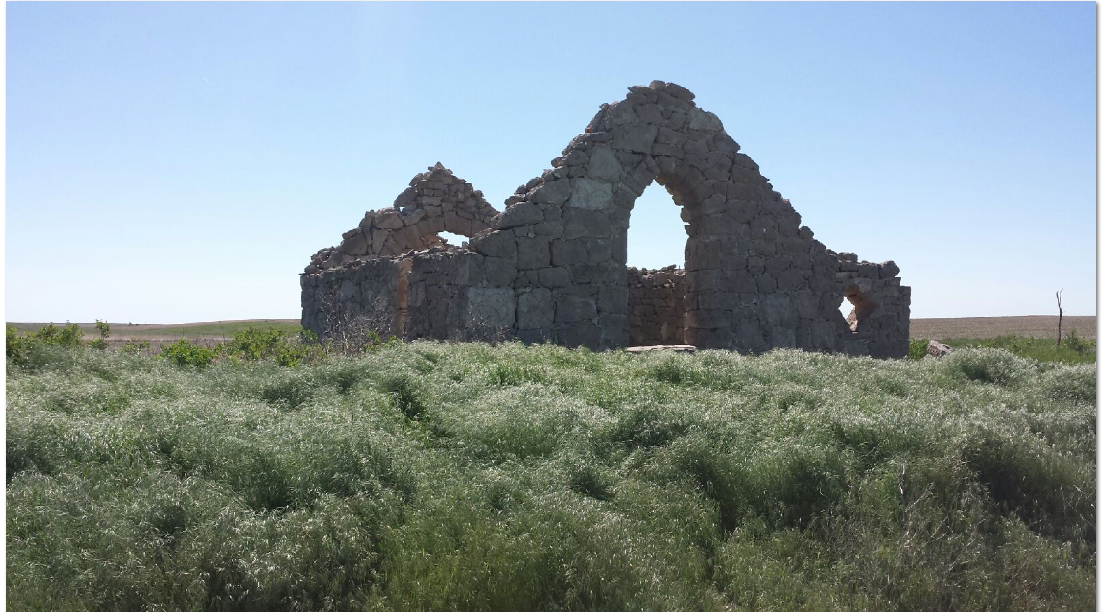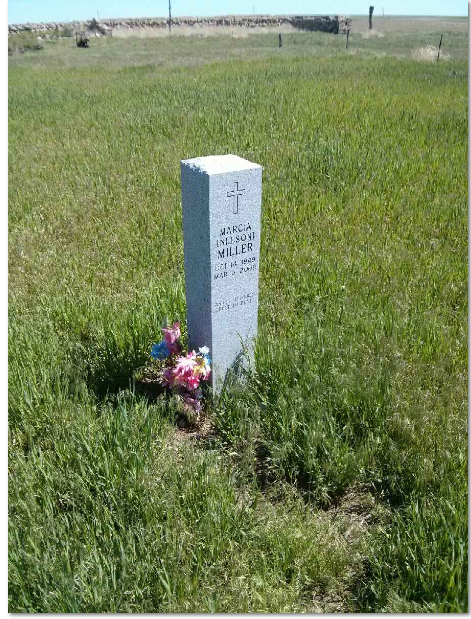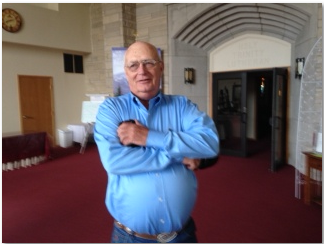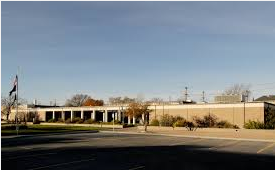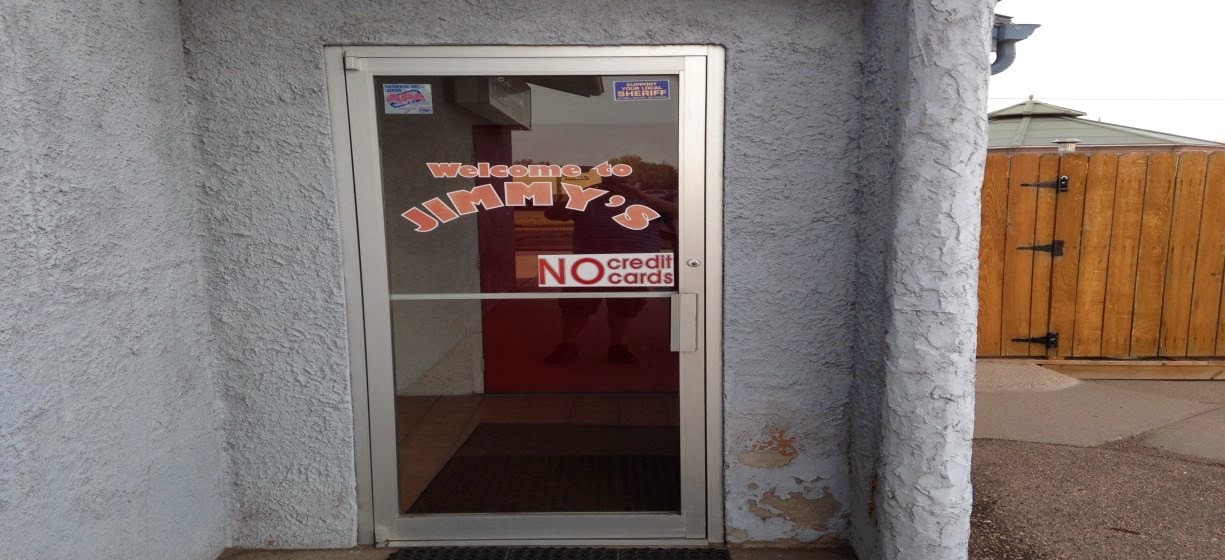We proclaim a God who overturns our expectations.
And here in Nebraska, only a few days into our rural immersion experience, we have already encountered much that has surprised us.
I asked my classmates, our intern guide and our faculty member to share one thing that has surprised them in these first few days in the Cornhusker State. Read on to learn their answers!
There are bison in Nebraska.
Kat, a recently graduated MATS student has seen bison in other areas of the country, but said, “I had no idea they were in Nebraska!” On our first day here, we were oriented to Nebraska by members of the Nebraska Synod's Rural Task Force, synod staff, and interns serving in Nebraska. We watched a short video highlighting the diversity of Nebraska's landscapes, and it included farmers, ranchers, city folk, skyscrapers, rivers, lakes, corn, cattle, and... bison!
Volunteer firefighters don't get paid.
"They're really volunteers," said Terry Baeder, LSTC faculty member. He was familiar with other fire departments that pay their volunteers for the time they are actually called into duty, but the volunteer firefighters we met in the town of Hooper do not receive any financial compensation.
Terry asked the volunteers "Why do you do it?" to which one volunteer simply replied, "We live in community."
We heard incredible stories of the many dangerous situations these volunteers are prepared to respond to at a moment's notice. "It is an incredible investment that people are willing to make with their lives, for free," Terry reflected.
 |
| Ben explains how his "whole farm" works, and why he feels called to care for this land. |
Farmers' care for creation is Biblically grounded.
“I always thought of farmers as being close to land, but I didn’t realize how much responsibility they felt for stewardship,” said Todd, MDiv student. "It's not just theologians in a class talking about it; they're living it out."
The class spoke with several farmers, including one named Ben who is concerned with what he called "regenerative/restorative agriculture." Ben talked about his work as a farmer as a calling that is deeply connected to his faith. "If we as faithful people can't care for the land, who will?" he challenged us.
Farmers are well-educated.
Standing next to a pile of compost, three men in blue jeans, ball caps, and work boots talked to us about raising hogs and planting grains. Their hands were dirty and the air smelled like hog manure. Guess how many of these men have postgraduate education? All of them.
"Who would have thought a farmer would have a master's degree?" said Pam, MDiv student. As it turns out, there is a lot more to this than we knew.
You can grow peaches and pecans in Nebraska.
We visited Woody, a retired businessman who now operates an orchard and a small bed and breakfast on his property. Woody grows several kinds of apples and a variety of different produce to sell at farmer's markets, including pears, quince, peaches, pecans, grapes, blackberries, and rhubarb. He also has broiler chickens in the shed, geese on the pond, crappie and other fish in the pond, and a PVC pipe operation on the side.
"When I was working, I worked about forty hours a week," Woody said. "Now that I'm retired, I work about sixty."
LSTC student Fanya was amazed that Woody was able to grow some of the specialty produce that is typically associated with warmer climates, like peaches and pecans. "It's the new Georgia!" she laughed.
 |
| Our immersion is taking place in the town of Hooper, which is not pronounced like you'd think. People that live here tell us, "It's like 'hooker,' but with a 'p.'" |
There is no public transportation.
Rita, an international MDiv student, noted that there is an evident lack of public transportation in the areas we visited. "People must be well-off and have cars of their own to commute," she said.
Indeed, we are learning that transportation (or lack thereof) is an issue that affects access to resources in rural communities. Unlike urban areas where services are more concentrated, someone in a rural community might have to travel miles to reach the nearest doctor, religious institution, mental health services, public library, etc.
Rural doesn't always mean rigid gender roles.
While gender roles tend to be more rigid in rural communities than in urban, I nevertheless encountered more people than I expected who, to varying degrees defy gender norms.
Our first night here, we had a dinner to meet our host families, and the very first man I talked to was a registered nurse. Later, I met my host, a man who worked for many years as an art teacher in the public schools and later became a special education teacher. We met a woman with two children who works 60+ hours per week as a physician, and another woman who serves as a volunteer firefighter. And in this geographical cluster of ELCA congregations, three out of four pastors are women.
People really paid attention to who we are.
Alma, MDiv intern serving in Hooper, worked with her internship supervisor to put together our itinerary this week. Before we arrived in Hooper, she sent out mini biographies of each of us to the people we were going to meet, telling them a little bit about us and our backgrounds and interests. And the people really read them.
At several of the places we went, we would introduce ourselves, and someone would say something like, "Oh, you're the one who likes honeybees, right?" Or, "Which one of you is from Elgin?"
It may seem like a little thing, but in a day packed full of new faces and new places, it was really special to feel like our hosts knew us before we got there. "It was really cool," said Alma.










